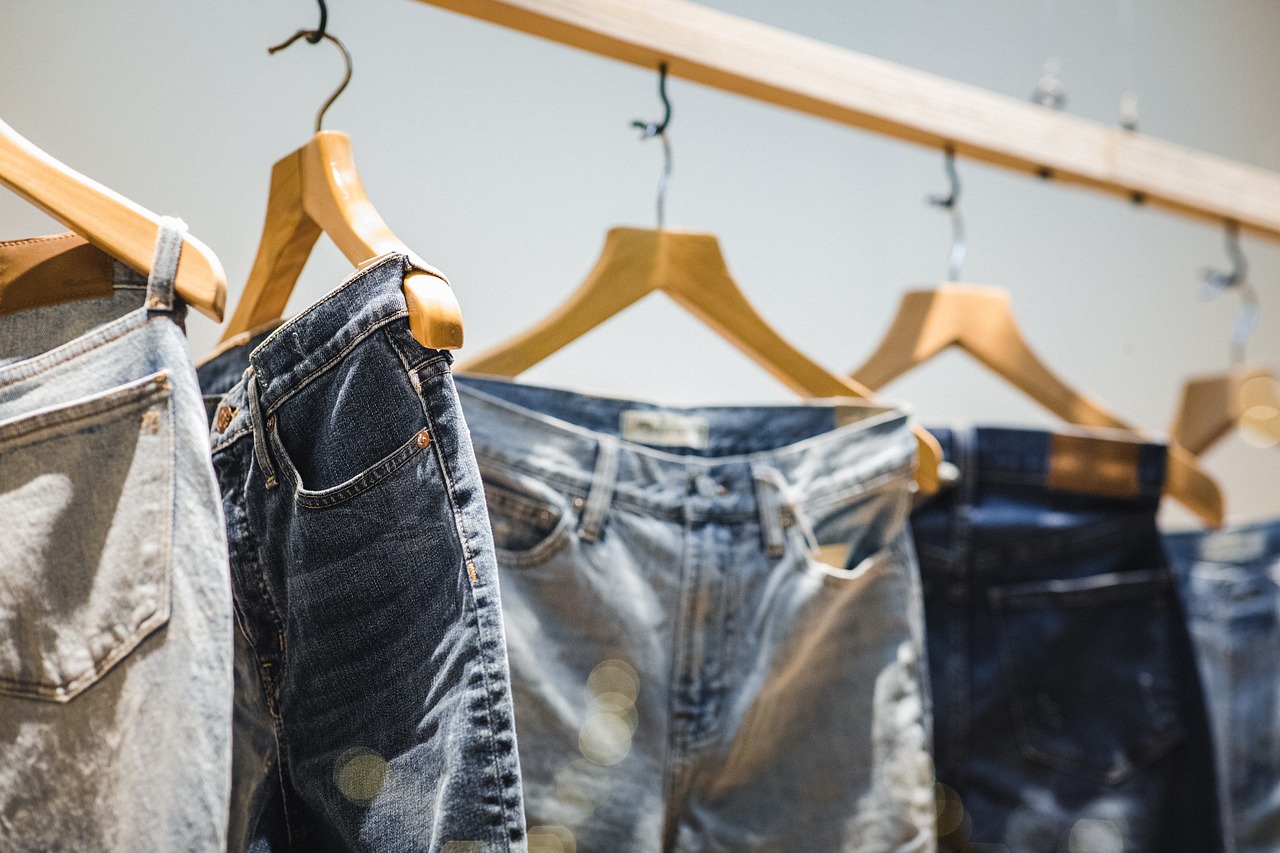The Influence of Cultural and Social Trends on Shopping Behavior
Shopping behavior is a complex phenomenon influenced by various factors such as personal preferences, economic circumstances, and social influences. Consumers often engage in a series of cognitive processes when making purchasing decisions, including problem recognition, information search, evaluation of alternatives, and post-purchase evaluation. These stages play a crucial role in shaping consumer behavior and affect the choices they make when selecting products or services.
Moreover, shopping behavior is also influenced by psychological factors such as perception, motivation, and attitudes towards shopping. These internal factors can significantly impact an individual’s buying patterns and determine whether they make impulse purchases or carefully consider their options. Understanding these psychological drivers is essential for businesses to effectively market their products and tailor their strategies to meet the needs and desires of their target customers.
Impact of Cultural Norms on Purchasing Decisions
Cultural norms play a significant role in shaping consumers’ purchasing decisions. These norms influence what is considered appropriate or desirable to buy in a particular society. For example, in some cultures, luxury items may hold more value and status, leading individuals to prioritize upscale goods in their shopping choices. Conversely, in cultures that emphasize simplicity and minimalism, consumers may opt for practical and functional products over flashy or extravagant ones.
Moreover, cultural norms also impact how consumers perceive brands and products. Brands that resonate with the cultural values and beliefs of a society are more likely to be well-received by consumers. This means that companies need to be cognizant of cultural nuances and preferences when developing marketing strategies and product offerings to ensure they align with the cultural norms of their target audience. By understanding and respecting cultural influences on purchasing decisions, businesses can better connect with their customers and build stronger brand loyalty.
• In some cultures, luxury items may hold more value and status
• Consumers in certain societies prioritize upscale goods in their shopping choices
• Cultures emphasizing simplicity may prefer practical and functional products over flashy ones
• Brands that align with cultural values are well-received by consumers
• Companies must consider cultural nuances when developing marketing strategies
• Understanding cultural influences can help businesses connect with customers and build brand loyalty
Role of Social Media in Shaping Shopping Trends
The prevalence of social media in modern society has significantly impacted shopping trends on a global scale. With platforms like Instagram, Facebook, and TikTok facilitating direct access to a vast array of products and services, consumers now have unparalleled convenience in discovering and purchasing items online. The visual nature of these platforms allows users to see products in real-life settings, increasing the likelihood of impulse purchases and influencing buying decisions.
Furthermore, the rise of influencer marketing has played a crucial role in shaping shopping trends through social media. Endorsements and product placements by popular social media personalities have the power to sway consumer preferences and spark trends almost instantaneously. Consumers often look to influencers for recommendations and advice, making their promotional content a driving force behind the adoption of new products and brands in the digital age.
How does social media influence shopping behavior?
Social media influences shopping behavior by providing consumers with information, reviews, and recommendations on products and brands. It also creates a sense of FOMO (fear of missing out) and promotes trends through influencers and advertising.
Can cultural norms affect purchasing decisions?
Yes, cultural norms play a significant role in shaping purchasing decisions. Different cultures have varying preferences, values, and beliefs that impact what people buy and how they shop.
How does social media shape shopping trends?
Social media shapes shopping trends by showcasing popular products, promoting new styles, and creating a sense of urgency through limited-time offers and exclusive deals. Influencers and celebrities also play a role in setting trends on social media platforms.
Are there any downsides to relying on social media for shopping trends?
While social media can be a valuable tool for discovering new products and trends, it can also lead to impulse buying, comparison shopping, and overspending. It’s important for consumers to be mindful of the influence of social media on their shopping habits.







